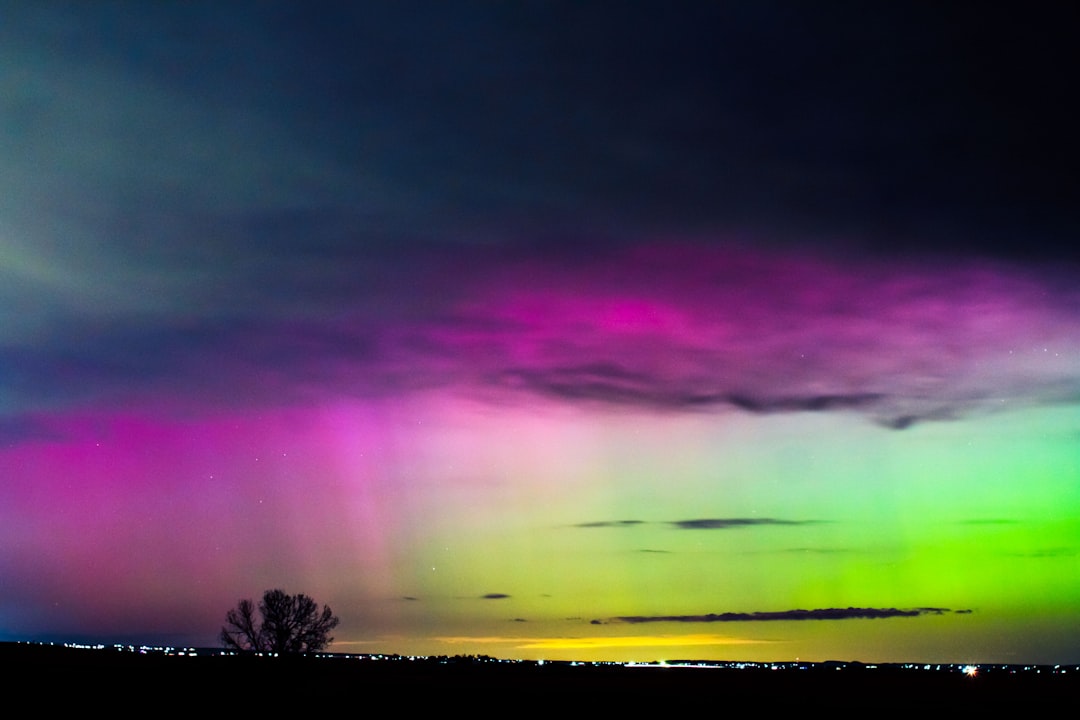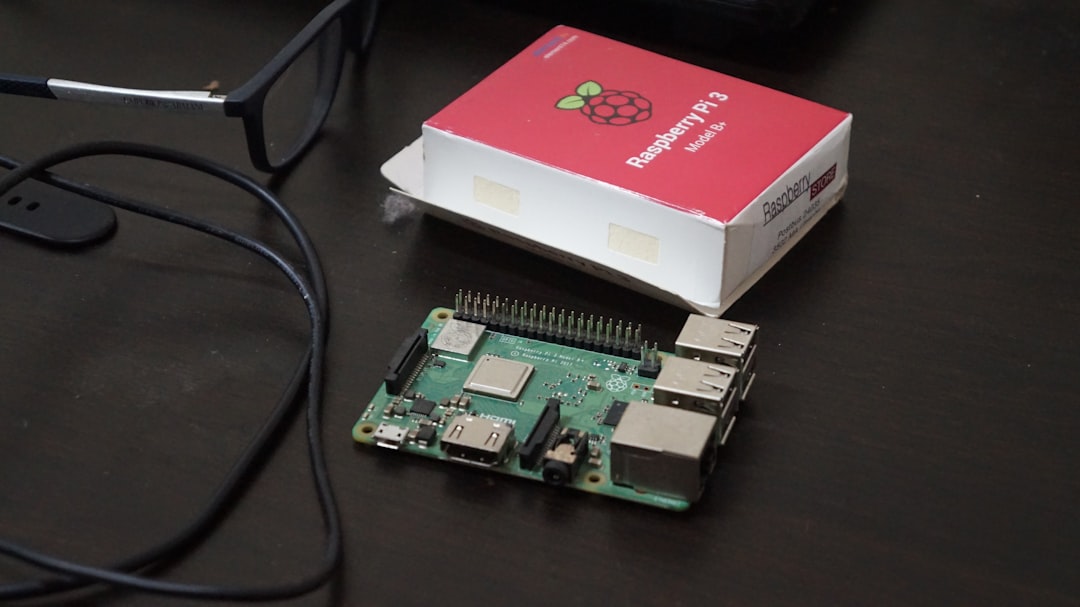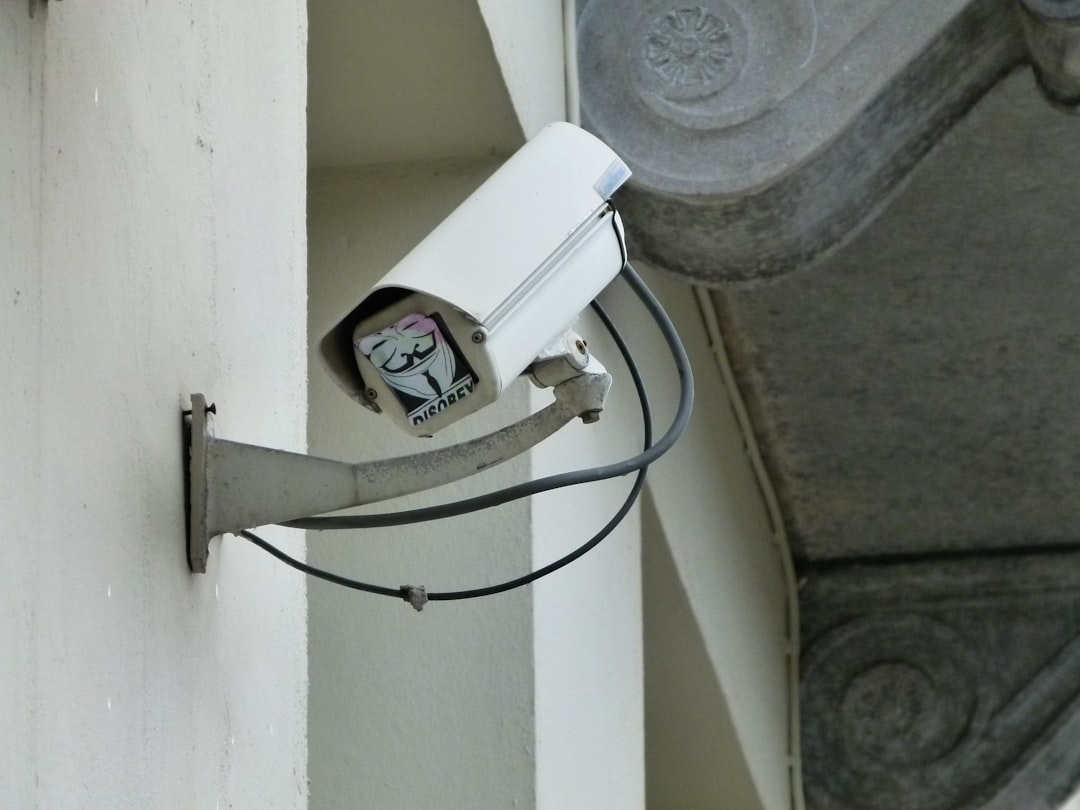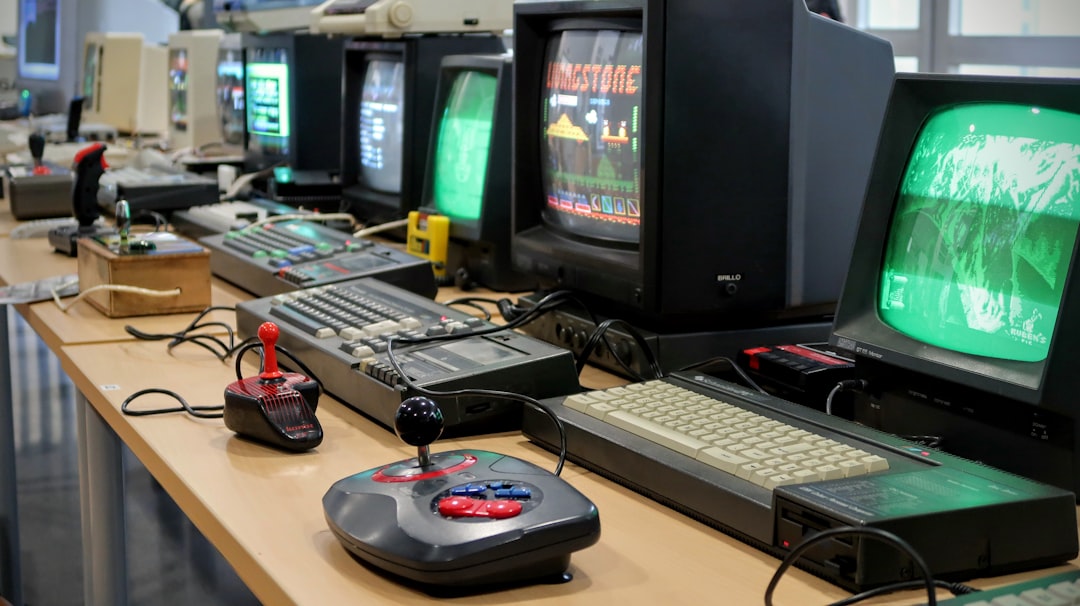Experience the Dazzling Wonder of the Northern Lights
The northern lights, a breathtaking celestial display, are poised to illuminate the skies across various regions of the United States this week. This enchanting spectacle, also known as the aurora borealis, is usually reserved for polar areas. However, due to unusual solar activity, residents in areas far south from the Arctic Circle may have the chance to witness this rare event.
The Science Behind the Auroras
Auroras occur when charged particles emitted from the sun collide with gases in Earth’s atmosphere. These collisions result in brilliant bursts of light that dance across the sky. The colors are typically green or pink and occur around the magnetic poles, where Earth’s magnetic field is strongest. Recently, a series of solar storms have increased geomagnetic activity, pushing the viewable range of the northern lights further south than is typical.
Where and When to Look
To witness the northern lights, one must generally head north or to elevated areas with minimal light pollution. In the United States, the best places to catch the aurora borealis this week include some states in the northern and central parts of the country. States such as Michigan, Maine, Minnesota, and North Dakota typically have higher chances of sightings. However, due to this week’s heightened geomagnetic activity, even states like Iowa, Illinois, and Pennsylvania might offer opportunities for viewing.
For those eager to spot the lights, the optimal time is typically between 10 PM and 2 AM local time. It’s essential to check the local space weather conditions, as these can affect visibility. A clear, dark sky with minimal clouds will offer the best viewing experience. Websites and apps that track space weather, such as Spaceweather.com and Aurora Alerts, provide updates on aurora activity and forecasts.
Planning Your Viewing Experience
Before heading out, ensure that you’re prepared for a potentially cold night. Dress warmly, bring a comfortable chair or blanket, and plan to travel to a higher elevation if possible to avoid city light interference. Even though you may have a chance to see the auroras from your backyard, the experience is often enhanced when you’re surrounded by nature.
This event provides a perfect reason to disconnect from the daily hustle and immerse oneself in one of nature’s most magical phenomena. Invite friends or family, or enjoy a solitary experience under the star-filled sky — just be sure to keep your eyes on the horizon.
Photographing the Northern Lights
Capturing the northern lights on camera can be as challenging as witnessing them. If you’re planning to photograph the auroras, equip yourself with a camera that allows manual exposure settings. A tripod is crucial for steady shots during the long exposure required to capture the lights’ motion. Adjust your camera’s settings to a high ISO, use a wide aperture, and set a long exposure time to capture the vibrant colors and stunning movement.
Concluding the Aurora Adventure
The opportunity to view the northern lights is a rare joy for those living away from the polar regions. By understanding when and where to look, preparing adequately, and perhaps capturing it on camera, you can ensure that this week’s aurora viewing is a truly memorable experience.
Whether you’re a seasoned aurora chaser or witnessing it for the first time, the spectacle of the northern lights is a universal wonder that invites awe and contemplation of the natural world’s majesty.
Smart Life
Northern Lights
















Leave a Reply